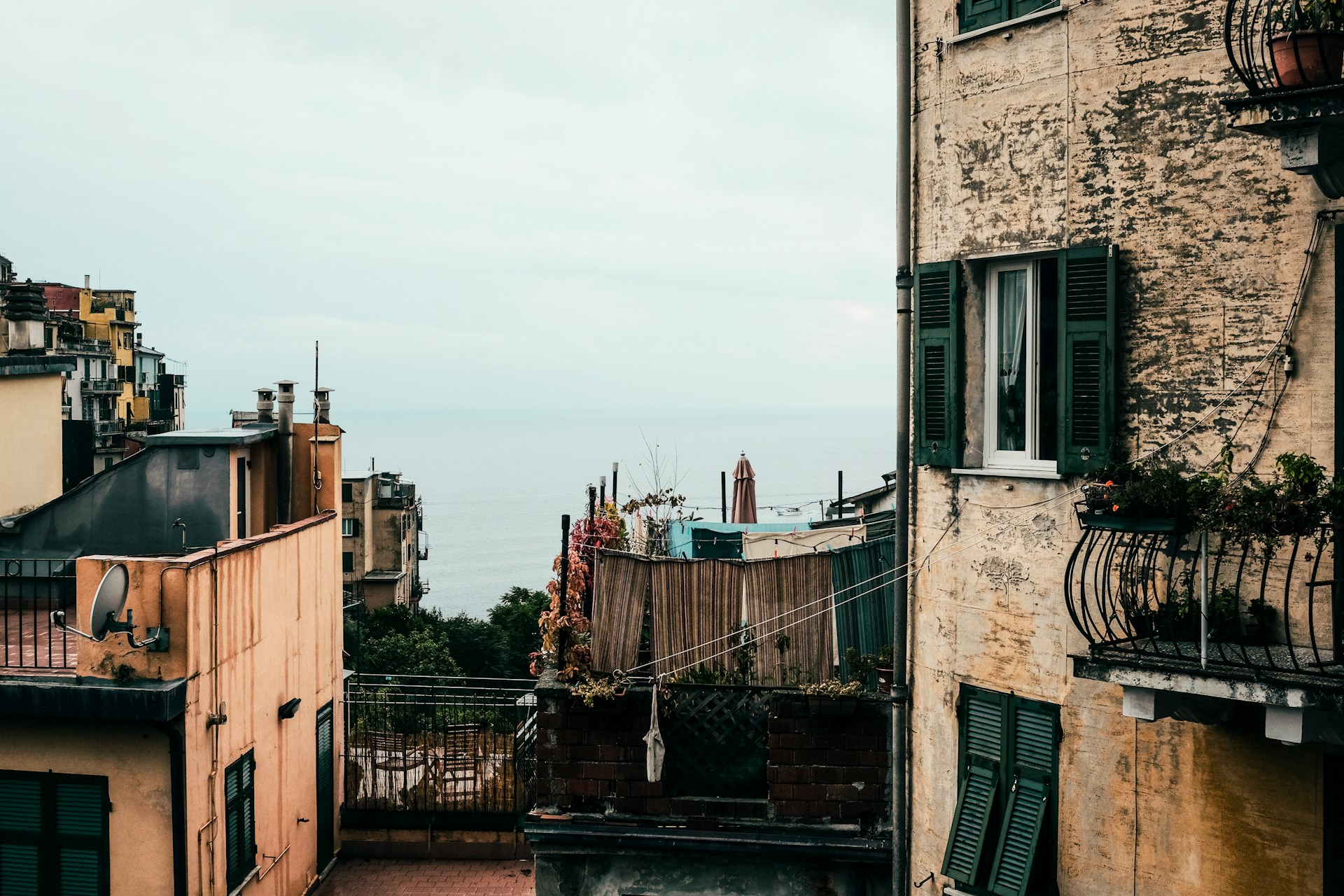Sprucing up your urban apartment with a balcony garden is a magnificent way to invite nature into your home. As you might feel confined by the limited outdoor space provided by a balcony, it’s crucial to know that even the smallest balconies can be transformed into a lush, green oasis. By choosing the right plants, arranging pots creatively, and adding the perfect outdoor furnishings, your balcony will become a beautiful garden that will be the pride of your apartment.
Choosing Plants for Your Balcony Garden
A balcony garden can never be complete without a selection of plants that will thrive in that specific environment. The plants you select for your balcony garden must be suitable for the space, weather conditions, and available sunlight.
Dans le meme genre : What storage solutions can help declutter a UK hallway without compromising style?
When choosing your plants, think about the direction your balcony faces. South-facing balconies usually get the most sunlight, making them ideal for sun-loving plants such as geraniums or petunias. East or west-facing balconies get moderate sunlight, so plants like begonias or fuchsias will do well. North-facing balconies, however, receive less sunlight, so shade-loving plants such as ferns or ivy are best.
Once you’ve chosen your plants, it’s essential to consider their size and growth habits. Small, compact plants like herbs or succulents are perfect for smaller pots, while climbing vines or trailing plants can add dimension and depth to your balcony garden. You can also consider incorporating edible plants like tomatoes or strawberries to add a practical element to your garden.
Lire également : What are the secrets to achieving the perfect farmhouse style in a UK country home?
Arranging Plant Pots Creatively
After selecting the right plants for your balcony garden, the next step is to arrange the pots creatively. There are many ways to do this, from using hanging baskets and wall-mounted planters to creating tiered displays with shelving units. The key is to make the most of the vertical space available to you.
One popular option is to use a ladder-style shelving unit, where you can arrange pots on each step. This allows you to layer plants at different heights, creating an engaging visual display. You can also make use of railing planters, which attach directly to the balcony railings, freeing up floor space.
Another idea is to incorporate wall-mounted planters into your design. These are excellent for growing climbing plants like clematis or passionflowers, which can cover the wall and create a green backdrop to your balcony garden.
Hanging baskets are also a great way to utilize vertical space in your balcony garden. They can be used to grow trailing plants that will add a touch of elegance and drama to the garden. From cascading flowers to luscious ferns, the possibilities are endless.
Designing the Layout of Your Balcony Garden
Designing the layout of your balcony garden requires careful planning. You’ll need to consider how the various elements of your garden – the plants, furniture, and decorative items – will fit together in the available space. Consider drawing a rough sketch of your balcony and use it to experiment with different layouts.
The layout should be guided by the size and shape of your balcony. If it’s a narrow balcony, you might consider arranging your pots and other items along the railing, leaving the center free for movement. For a larger space, you might divide the area into different zones for plants, seating, and maybe a small table for relaxation.
Remember, the key to a successful balcony garden design is balance. The plants should be distributed throughout the space rather than concentrated in one area. This not only creates a visually pleasing image but also ensures that all plants receive adequate sunlight.
Adding Outdoor Furniture to Your Balcony Garden
Adding outdoor furniture to your balcony garden can transform it into a functional outdoor living space. It could be a small table and chairs where you can enjoy your morning coffee, or a comfy lounge chair where you can relax and read a book.
When choosing furniture for your balcony garden, consider the size and design of the pieces. Small, foldable furniture is best for tiny balconies, as they can be easily stored away when not in use. For larger balconies, a bistro set or a small outdoor sofa could be more suitable.
The furniture you select should also complement the overall design and style of your balcony garden. For instance, if your garden has a rustic theme, you might opt for furniture made from natural materials like wood or rattan. On the other hand, a modern garden might call for sleek, metal furniture.
Incorporating Garden Accessories for Extra Charm
Last but not least, adding garden accessories can bring extra charm to your balcony garden. These could be decorative pots, lanterns, fairy lights, or even a small fountain. The key is to choose items that reflect your personal style and complement the overall garden design.
Garden accessories can also serve a functional purpose. For instance, a bird feeder can attract birds to your balcony, adding life and movement to your garden. Similarly, a small trellis can provide support for climbing plants, while a garden mirror can create the illusion of a larger space.
Remember, less is more when it comes to accessories. Too many items can make the space feel cluttered. Instead, handpick a few standout pieces that will enhance the beauty of your balcony garden.
As you can see, designing a balcony garden in an urban UK apartment involves more than just placing a few potted plants on your balcony. It requires careful planning, creative use of space, and thoughtful selection of plants and accessories. By following these steps, you can create a stunning outdoor oasis that not only enhances your living space but also contributes to your wellbeing.
Selecting a Theme for Your Balcony Garden
A theme can tie together all the elements of your balcony garden, giving it a unified and harmonious look. It can be anything from a colour scheme, to a pattern or even a particular style such as tropical, cottage or Mediterranean. Whichever theme you choose, it should reflect your personal taste and lifestyle.
Firstly, you can decide on a colour scheme that will dominate your balcony garden. This could be a blend of warm colours like red, orange and yellow, or a mix of cool colours like blue, green and violet. You can also opt for a monochromatic scheme, using different shades of the same colour. The chosen colours will help to shape the mood and atmosphere of your balcony space.
Secondly, consider what type of plants will best suit your chosen theme. For a tropical feel, opt for exotic plants like palms or ferns. If you prefer a cottage theme, go for traditional flowers such as roses or lavender. The type of plants you select will ultimately determine the overall image credit of your garden.
Furniture set choices should also match your theme. A rustic wooden table and chairs would suit a cottage-themed balcony garden, while sleek, modern furniture would fit well in a minimalist balcony garden. Don’t forget to consider practicality and comfort alongside style when choosing your garden furniture.
Lastly, consider what kind of decorations and accessories will enhance your theme. For instance, fairy lights can add a magical touch, while a small fountain can contribute to a serene atmosphere. Accessories provide the final touch to your balcony garden, making it truly unique and personalized.
Maintaining Your Balcony Garden
Maintaining your balcony garden is just as important as designing it. Regular care will ensure that your outdoor space remains beautiful and healthy. From watering and feeding your plants, to cleaning and arranging your furniture, every task contributes to the well-being of your balcony garden.
Watering is crucial to the survival of your plants. However, the amount of water needed will depend on the type of plants, the weather, and the size of the pots. As a guideline, it’s usually better to water thoroughly but less frequently. This encourages the roots to grow deeper and stronger.
Feeding your plants with appropriate fertiliser will help them grow healthy and vibrant. The type and amount of fertiliser will depend on the plants you have. Always follow the instructions on the packet.
Cleaning your balcony regularly will keep your space tidy and pleasant. This includes sweeping the floor, cleaning the furniture, and washing the pots. Also, take the time to prune and deadhead your plants. This not only keeps them looking neat, but also encourages more flowers to bloom.
Maintaining your balcony garden may require some effort, but it’s a labour of love. Witnessing your plants thrive and your space transform is truly rewarding, and makes all the hard work worthwhile.
Conclusion: The Joy of Balcony Gardening
No matter how small your apartment or balcony may be, creating a balcony garden is a rewarding endeavour. It provides a private retreat where you can unwind, enjoy nature, and even grow your own food. More than just an aesthetic upgrade, a balcony garden promotes a healthier, happier living environment.
From choosing the right plants and creatively arranging them, to selecting a theme and maintaining your garden, each step of the process is an exciting journey. As a cloud gardener, you’ll learn more about plants, develop new skills, and experience the joy of nurturing life.
Ultimately, balcony gardening is about creating a space that brings you joy and relaxation. So, take the time to plan and design your balcony garden, and allow it to become an extension of your personality and lifestyle. Happy gardening!
















